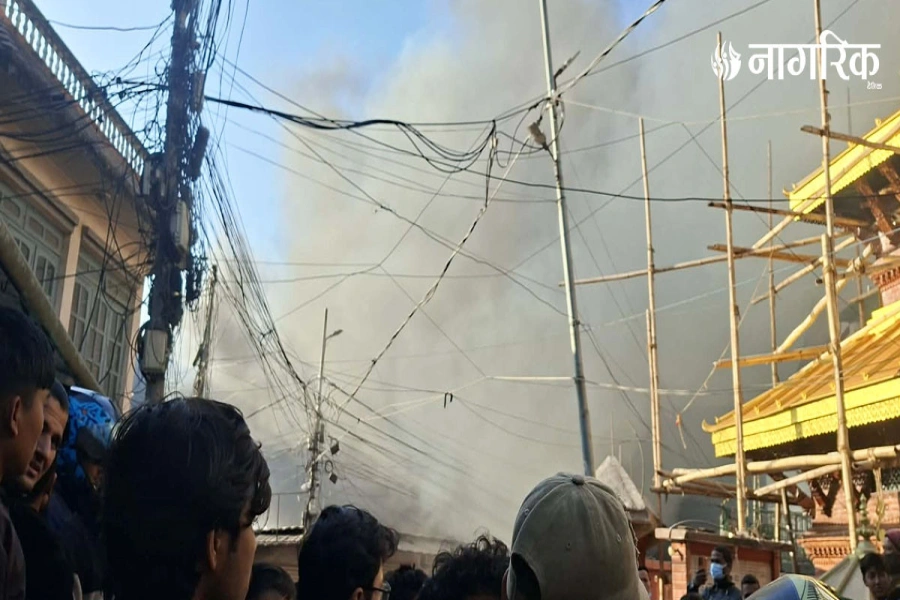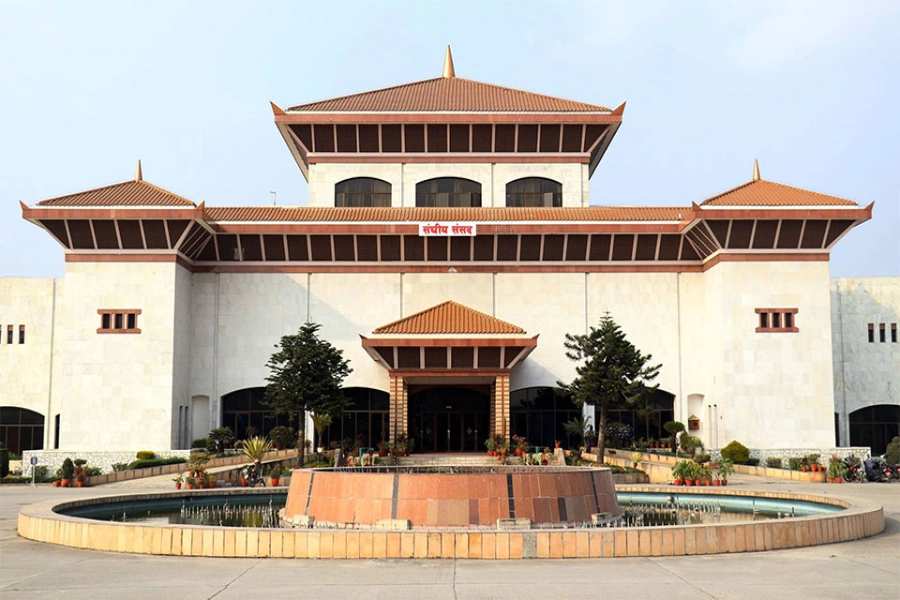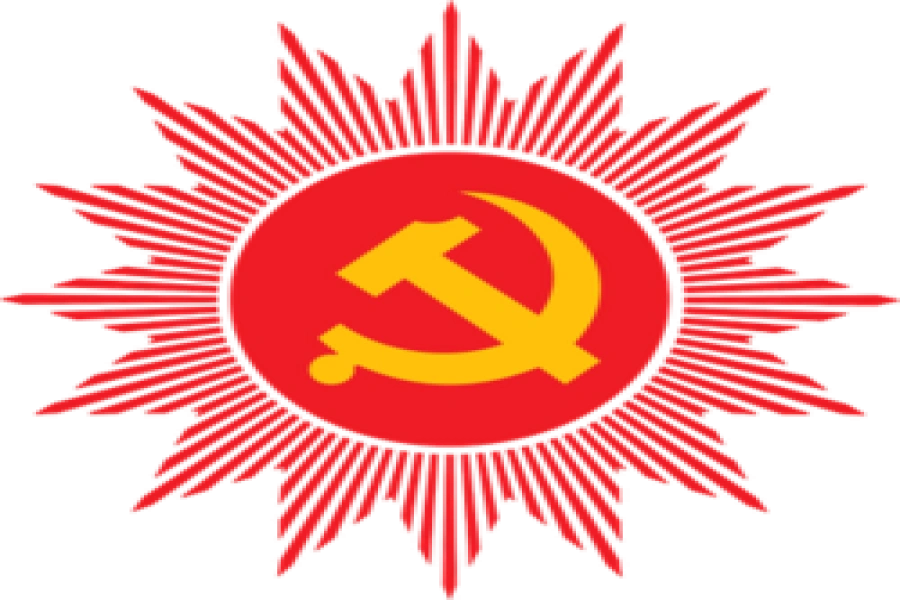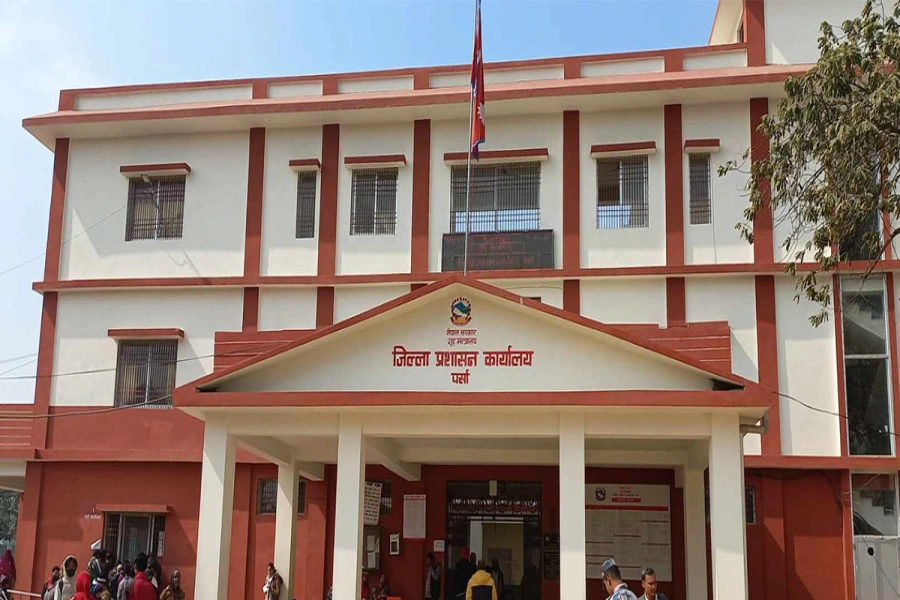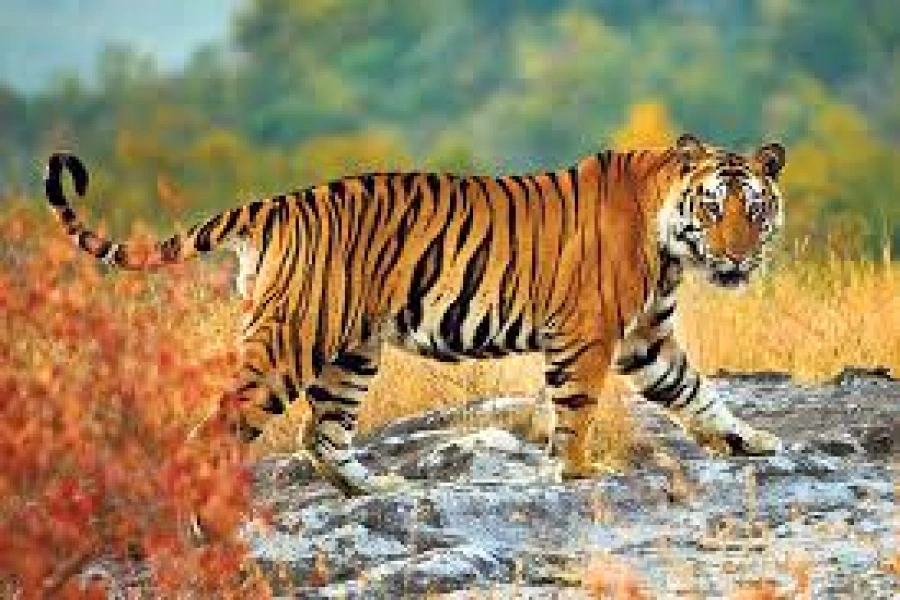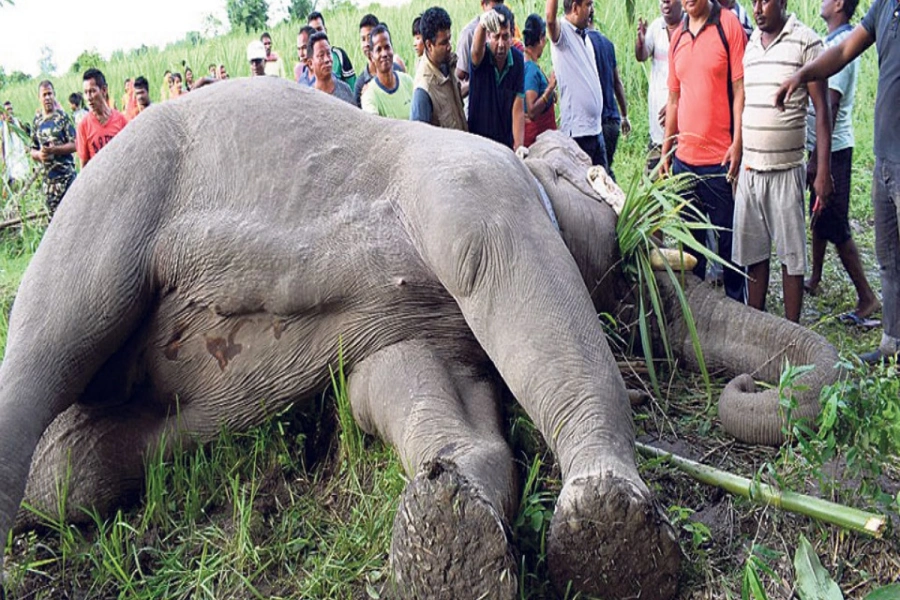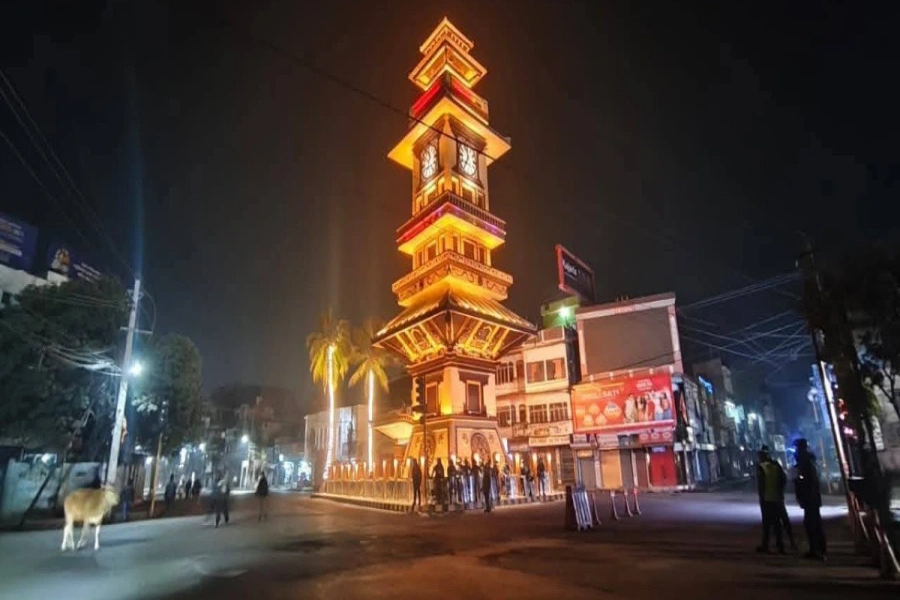Though Nepal is geographically small, the wide-spread cultural, traditional, and natural diversities make its existence unique from the rest of the world. Varied geographical structures and a plethora of flora and faunas have established Nepal as a sought-after tourism hub. However, the authorities have repeatedly fallen behind on capitalizing the tourism possibilities to the maximum, despite numerous efforts to make the most from the incoming international inrush.
The national campaign of tourism promotion first started in 1998 and was dubbed ‘Visit Nepal 1998’. The camping helped lure in 4.5 million tourists from all over the globe and was considered a huge success. Though the trails of success were speculated in the coming years, the Maoist insurgency led to presenting Nepali tourism with a negative outlook. As a result, tourism started plummeting from 2000. As an act of desperation, the government launched ‘Destination Nepal Campaign (DNC)’ in 2002, and continued to the end of 2003. The aim was to draw the attention of the world toward Nepal.
Nonetheless, after the rebelling Nepali Communist Party – Maoist joined the mainstream politics, visitors started coming back to the newer Nepal. In hopes of re-introducing Nepal to the globe, ‘Nepal Tourism Year – 2011’ played a crucial role. However, though the campaign had anticipated an influx of at least 1 million tourists, only 792,000 issued a ticket to the Himalayan Kingdom. Now, after a nine years hiatus, Nepal Government is preparing for yet another ‘Visit Nepal year’, with an aim of welcoming at least 2 million tourists in 2020.
For the preparation of Visit Nepal 2020, Ministry of Culture, Tourism and Civil Aviation, Nepal Tourism Board, and all stakeholders are seen fastening their laces to ensure yet another successful tourism year. A governing body, comprising 59 members has also been established under the chairmanship of the minister of Culture Tourism and Civil Aviation.
China to help Visit Nepal Year 2020 campaign

The committee held a nation-wide competition that saw a participation of more than 145 artists where Bouddha Resident, Uddab Rimal’s logo got selected as the official seal of Visit Nepal 2020. Speaking about the logo, NTB shared on Facebook, “The logo truly depicts Nepal’s ethos and vibes and stands true to the message; Visit Nepal for Lifetime Experiences.”
Rimal’s logo is also in the process of being translated into seven different international languages. Speaking to Republica National Daily, NTB Chief Executing Officer Deepak Raj Joshi said, “The logos of the earlier editions were not translated into any other language. The translation will help promote the campaign on the international platform. Likewise, publishing logo in different languages will help to promote our campaign among non-English speakers as well.”
Speaking about the inspiration behind the winning logo, artist Rimal stated, “I decided to participate in the competition after seeing an advertisement on social media. I was planning to portray three aspects in the logo: mountains, culture, and wildlife. But later, I thought it was better to keep it simple. So, I chose to not include wildlife in my logo.”
Also explaining the reason behind highlighting the festivities of Kathmandu in his logo, Rimal added, ‘I have been living in this city for past 22 years. I had noticed the culture of revolving traditional umbrella during Newari festivals. So, I decided to include this into my logo.”
To promote Visit Nepal 2020, NTB is also looking to advertising the campaign by collecting 100 best destinations of the country. For this, NTB is ranking various travel destinations on the basis of its popularity, cultural and traditional significance, natural beauty, archeological importance, and hospitality.
Since the number of visitors is limited to 1 million tourists, the tourism board sees the need to double hospitality arrangements to meet the target set for the campaign. Speaking about expectation, Joshi said, “We are trying our best to promote the visit Nepal year, but the lack of basic infrastructure is a huge problem. We have been talking with concern authorities to find solutions to improvise the situation.”
Several other challenges still prevail on the path of this campaign. Lacks of a proper airport, unreliable transport system, police interference are some of the major obstacles to providing hassle-free services. To minimize the problem, the tourism board is looking to extend the operation timing of the airport to 24 hours from the recent 18-hour extension.
Similarly, talking about police interference in restaurants, Joshi stated, “I think the government should create a mechanism to prevent illegal activates. However, the entrepreneurs must be allowed to open hospitality businesses 24 hours. To make this possible we are negotiating with the concerned authorities.”








